Home>Articles>What Is A Good Level Of Humidity For A Basement


Articles
What Is A Good Level Of Humidity For A Basement
Modified: February 26, 2024
Looking for articles on what is a good level of humidity for a basement? Find expert guidance and tips to maintain the ideal humidity level in your basement.
(Many of the links in this article redirect to a specific reviewed product. Your purchase of these products through affiliate links helps to generate commission for Storables.com, at no extra cost. Learn more)
Introduction – The Importance of Maintaining Proper Humidity Levels in Basements
When it comes to the overall health and maintenance of your home, one area that often goes overlooked is the basement. Often used for storage or as an additional living space, basements are susceptible to fluctuating levels of humidity. While most people may not consider humidity to be a pressing issue, it is essential to understand that improper levels of humidity can lead to a range of problems that can affect both your health and the structural integrity of your home.
Humidity refers to the amount of moisture present in the air. It is commonly measured as a percentage, with higher percentages indicating higher levels of moisture in the air. In the case of basements, humidity can have a significant impact due to their below-ground location and lack of natural ventilation, making them prone to higher humidity levels.
High humidity in basements can lead to the growth of mold and mildew, which not only results in unpleasant odors but can also cause health issues such as allergies and respiratory problems. Dampness and condensation resulting from excess humidity can lead to the degradation of building materials, including wood, drywall, and concrete. Over time, this can lead to structural damage, compromising the stability and safety of your home.
On the other hand, low humidity in basements can also be problematic. Extremely dry air can cause wooden structures to shrink, leading to cracks and warping. It can also result in an increase in static electricity, which can be both uncomfortable and potentially damaging to electrical appliances and electronic devices.
So, what is the ideal humidity range for a basement? Generally, it is recommended to maintain humidity levels between 30% and 50%. This range provides a balance that is not too damp to encourage mold growth, but not too dry to cause structural problems or discomfort.
By maintaining proper humidity levels in your basement, you can enjoy several benefits. Firstly, it helps to prevent the growth of mold and mildew, reducing the risk of health issues associated with exposure to these allergens. Secondly, it helps to preserve the integrity of building materials, ensuring the long-term durability of your home. Additionally, maintaining optimal humidity levels can create a more comfortable living environment and potentially reduce energy costs.
There are several methods to measure humidity in your basement. One option is to use a hygrometer, which is a device specifically designed to measure humidity levels. Alternatively, you can also use a digital humidity sensor or even a simple analog humidity gauge.
Controlling humidity in your basement is crucial to prevent problems associated with excessive moisture. Natural ventilation techniques such as opening windows and using fans can help to circulate the air and reduce humidity. However, in more humid climates or during periods of high humidity, it may be necessary to use dehumidifiers to regulate moisture levels effectively. Additionally, waterproofing the basement and properly insulating it can help to prevent external moisture from seeping in, further contributing to humidity issues.
To ensure the overall well-being of your basement and your home, it is essential to maintain a good level of humidity. By being proactive in measuring and controlling humidity levels, you can prevent mold growth, structural damage, and other associated problems. Invest in proper humidity monitoring and take necessary steps to maintain the optimal range to create a safe, comfortable, and healthy environment in your basement.
Key Takeaways:
- Proper humidity levels in basements are crucial for preventing mold growth, structural damage, and health issues. Maintaining a balance between 30% and 50% humidity creates a healthy and comfortable living environment.
- Effective methods such as natural ventilation, dehumidifiers, and waterproofing help control basement humidity. Regular monitoring and proactive measures ensure a safe, comfortable, and structurally sound living space.
Read more: How To Test Humidity In Basement
Understanding Humidity – Definition of Humidity – Factors Affecting Humidity Levels
Before delving into the importance of maintaining proper humidity levels in basements, it is crucial to have a clear understanding of what humidity is and the factors that can affect its levels.
Humidity refers to the amount of moisture or water vapor present in the air. It is often described as the measure of how “humid” or damp the air feels. Humidity is typically measured as a percentage and can vary from extremely dry (low humidity) to saturated (high humidity).
Various factors can influence humidity levels, both indoors and outdoors. Understanding these factors can help you better comprehend why humidity levels fluctuate and the impact they can have on your basement.
The primary factors affecting humidity levels include:
- Temperature: Temperature plays a significant role in determining humidity levels. Warmer air has the capacity to hold more moisture, resulting in higher humidity levels. Conversely, colder air is less capable of holding moisture, which leads to lower humidity levels.
- Location and Climate: The region where you live and the prevailing climate conditions can have a substantial impact on humidity. Coastal areas tend to have higher humidity due to their proximity to water bodies, while arid regions typically experience lower humidity levels.
- Season: Humidity levels can vary throughout the year. For example, summer months often bring higher humidity due to increased evaporation and humidity from sources such as rain and bodies of water. In contrast, winter months can have lower humidity levels due to colder temperatures and reduced moisture in the air.
- Indoor Activities: Certain activities within your home can influence humidity levels. Cooking, showering, and drying clothes indoors can release significant amounts of moisture into the air, increasing humidity. On the other hand, using heating systems during colder months can reduce humidity levels, contributing to drier indoor air.
- Ventilation: The ventilation in your home plays a crucial role in regulating humidity. Properly ventilated spaces allow for the circulation of air, reducing humidity levels by replacing moist air with drier air. In contrast, poorly ventilated areas, such as basements, can have stagnant air, leading to higher humidity levels.
Understanding these factors can help you identify the sources of humidity in your basement and take appropriate steps to control them. By addressing these factors, you can maintain optimal humidity levels that promote a healthy living environment and protect the structural integrity of your home.
Effects of High Humidity in Basements – Mold and Mildew Growth, Dampness and Condensation, Structural Damage
High humidity levels in basements can have detrimental effects on both the health of the occupants and the structural integrity of the building. Understanding these effects is crucial in order to take necessary preventive measures and maintain a safe and dry basement environment.
One of the primary consequences of high humidity in basements is the growth of mold and mildew. Mold spores thrive in damp environments, and when the humidity in the basement is excessive, it creates an ideal breeding ground for these organisms. The presence of mold and mildew not only causes unpleasant odors but also poses serious health risks. Exposure to mold spores can lead to respiratory problems, allergies, and other respiratory illnesses, especially in individuals with preexisting conditions such as asthma or weakened immune systems.
In addition to mold and mildew growth, high humidity levels can also lead to dampness and condensation in the basement. The moisture in the air can accumulate on surfaces, causing water droplets to form. This condensation can appear on walls, floors, and even furniture. The presence of dampness not only promotes the growth of mold, but it can also cause fabrics and materials to become musty and rot over time. Ultimately, this can result in the deterioration of the basement’s interior and affect any belongings stored in the area.
Moreover, excessive humidity can contribute to structural damage in the basement. Over time, constant exposure to high levels of moisture can weaken the building materials, such as wood, drywall, and concrete. The moisture can seep into the walls and floors, causing them to warp, crack, or even deteriorate. This can compromise the structural integrity of the basement, leading to costly repairs or, in severe cases, the need for extensive renovations. In addition to the visible damage, excessive humidity can also attract pests, such as termites, that thrive in moist environments and can further exacerbate the structural issues.
To mitigate the effects of high humidity in basements, several preventive measures can be taken. Firstly, it is essential to address any existing moisture sources, such as leaky pipes or inadequate drainage systems. Repairing these issues will help reduce the overall humidity levels in the basement. Additionally, ensuring proper ventilation is crucial. Installing vents or fans can help circulate the air and prevent the buildup of humidity. It is also advisable to use dehumidifiers specifically designed for basement environments to regulate moisture levels. These devices extract excess moisture from the air, effectively reducing the risk of mold and mildew growth. Lastly, proper insulation and waterproofing techniques should be employed to prevent external moisture from seeping into the basement.
By controlling and reducing high humidity levels in basements, homeowners can safeguard their health and preserve the longevity of their property. Regular monitoring, maintenance, and implementation of preventive measures can help create a dry and healthy living environment in the basement, free from the harmful effects of excessive humidity.
Effects of Low Humidity in Basements – Cracked and Dry Foundation, Wooden Structures Shrinking, Static Electricity
While high humidity can be a significant concern in basements, low humidity levels can also bring about their own set of problems. It is important to understand the effects of low humidity in basements in order to address any issues that may arise and maintain a healthy environment.
One of the notable effects of low humidity in basements is the potential for a cracked and dry foundation. When the air lacks moisture, it can cause the soil beneath the foundation to shrink and settle. This shifting can lead to cracks in the foundation, which can compromise the structural integrity of the entire building. Additionally, a dry foundation can result in gaps between the foundation and the surrounding structures, allowing moisture and pests to enter the basement.
Wooden structures in basements, such as support beams, flooring, and furniture, are particularly susceptible to the effects of low humidity. When the air is dry, the moisture within the wood evaporates, causing it to shrink. This shrinkage can result in gaps, warping, and even cracking of the wood. If left untreated, these issues can compromise the stability and strength of the wooden structures, potentially leading to costly repairs or replacements.
Another consequence of low humidity in basements is the increase in static electricity. Dry air has a higher electrical resistance, which makes it easier for electrons to build up on surfaces. This accumulation of static electricity can result in unpleasant shocks when touching objects, clothes sticking to the body, and electronic devices being more susceptible to damage from electrostatic discharge. In addition to being an annoyance, excessive static electricity can also pose a fire hazard.
To mitigate the effects of low humidity in basements, several actions can be taken. The use of humidifiers is an effective method of increasing humidity levels in the basement. Whole-house humidifiers can be installed to provide moisture throughout the entire home, including the basement. Portable humidifiers are also available, allowing you to target specific areas within the basement that may require increased humidity.
Proper insulation and sealing of the basement can help to control moisture levels and prevent excessive humidity loss. This includes sealing any cracks or gaps in the foundation, walls, and windows to reduce air leakage. This will not only help to maintain humidity levels but also improve energy efficiency in the basement.
When it comes to wooden structures in the basement, applying a wood moisturizer or using a wood conditioner can help to prevent drying and minimize shrinkage. Regularly inspecting the wooden structures for signs of damage, such as cracks or warping, and addressing them promptly can help maintain their integrity and avoid further problems.
Furthermore, the use of anti-static sprays or rugs can help reduce the buildup of static electricity in the basement. These products work by neutralizing charges and preventing static discharge.
By taking these preventive measures and monitoring humidity levels, homeowners can mitigate the effects of low humidity in basements. Maintaining a well-balanced humidity level will not only protect the structural integrity of the basement but also contribute to the overall comfort and well-being of the occupants.
Ideal Humidity Range for Basements – Recommended Humidity Levels for Basements, Benefits of Maintaining Optimal Humidity
When it comes to maintaining a healthy and functional basement, it is essential to ensure that the humidity levels are within an ideal range. Maintaining optimal humidity levels in basements not only contributes to the overall comfort of the space but also helps protect against various issues that can arise from excessive or insufficient moisture.
The recommended humidity range for basements is generally between 30% and 50%. This range strikes a balance between preventing excess moisture that can lead to mold growth and structural damage, and avoiding extremely dry conditions that can cause wood to shrink and static electricity to accumulate.
Maintaining proper humidity levels in the basement offers several benefits:
Read more: How To Keep Humidity Out Of Basement
1. Prevention of Mold and Mildew:
Mold and mildew thrive in areas with excessive moisture. By keeping humidity levels within the recommended range, you can help prevent the growth of these harmful organisms. This reduces the risk of respiratory issues, allergies, and other health problems associated with mold exposure.
2. Preservation of Building Materials:
Excessive moisture in the basement can damage building materials such as wood, drywall, and concrete. These materials can warp, rot, or deteriorate over time, compromising the structural integrity of your home. Maintaining optimal humidity levels helps prevent water damage and extends the lifespan of these materials.
3. Comfortable Living Environment:
A basement with balanced humidity levels creates a more comfortable living space. Excessive humidity can make the air feel heavy, sticky, and uncomfortable. On the other hand, low humidity can cause dryness, leading to issues like dry skin, irritated eyes, and respiratory discomfort. By maintaining optimal humidity levels, you can create a pleasant and enjoyable environment in your basement.
4. Energy Efficiency:
Optimal humidity levels in the basement can contribute to improved energy efficiency. When the air is too damp, it can affect the effectiveness of cooling systems, as they have to work harder to remove excess moisture. Conversely, low humidity levels can cause the air to feel colder, leading to increased heating demands. By maintaining the right humidity level, you can reduce energy consumption and lower utility costs.
Read more: Why Is My Basement So Humid
5. Protection of Belongings:
Basements often serve as storage spaces for valuable items such as furniture, documents, and electronics. Excessive moisture can cause these items to deteriorate, leading to irreversible damage. Proper humidity control helps safeguard your belongings, extending their lifespan and preserving their value.
To maintain the recommended humidity levels in your basement, it is crucial to monitor the humidity regularly. The use of hygrometers or digital humidity sensors can provide accurate readings and help you adjust humidity levels accordingly. Dehumidifiers can be used to remove excess moisture, while humidifiers can help increase humidity levels if they fall below the recommended range.
By maintaining the ideal humidity range in your basement, you can ensure a healthy, comfortable, and structurally sound living environment. It is an investment in the long-term well-being of your home and the people who reside within it.
How to Measure Humidity in Basements – Different Methods for Monitoring Humidity, Importance of Accurate Measurements
Measuring humidity levels in basements is essential for maintaining a healthy and comfortable living environment. By monitoring humidity, you can take appropriate measures to control moisture levels and prevent issues like mold growth and structural damage. There are various methods available for accurately measuring humidity in basements.
1. Hygrometers:
Hygrometers are specialized devices designed specifically to measure humidity. They come in both analog and digital forms. Analog hygrometers typically have a dial or a needle that points to the humidity level, while digital hygrometers provide precise numerical readings. Hygrometers can be placed in strategic locations within the basement to measure and display humidity levels in real-time.
2. Digital Humidity Sensors:
Digital humidity sensors are electronic devices that use advanced technology to measure humidity levels accurately. They often include additional features such as temperature readings and can provide continuous monitoring of humidity levels. Digital humidity sensors are generally more accurate and reliable compared to analog methods.
Read more: What Is A Good Laser Level To Buy?
3. Weather Stations:
Weather stations are comprehensive devices that measure various weather parameters, including humidity. They typically include a set of sensors that monitor temperature, humidity, barometric pressure, and other weather-related data. Weather stations can provide detailed and accurate measurements of humidity in real-time, making them useful for monitoring basements.
4. Smart Home Systems:
Smart home systems can integrate humidity sensors as part of their environmental monitoring capabilities. These systems can be connected to your smartphone or other devices, allowing you to monitor humidity levels remotely. Some smart home systems can also automate the control of devices like dehumidifiers based on preset humidity thresholds.
Accurate measurement of humidity in basements is crucial for several reasons:
1. Preventing Mold and Mildew:
Accurate measurements allow you to identify and monitor potential areas of high humidity where mold and mildew could thrive. By taking proactive measures when humidity levels rise, such as using dehumidifiers, you can prevent the growth of harmful organisms and the associated health risks.
2. Avoiding Structural Damage:
Accurate humidity measurements help in identifying moisture levels that could lead to structural damage. Timely intervention, such as proper basement insulation or waterproofing, can be undertaken to prevent issues like rotting wood, corrosion, or cracking of building materials.
Read more: What Is A Safe Radon Level In A Basement
3. Energy Efficiency:
Accurate measurements allow you to optimize the operation of humidifiers or dehumidifiers, ensuring that they run efficiently and consume the appropriate amount of energy. This helps reduce energy waste and lowers utility costs.
4. Comfort and Well-being:
Accurate humidity measurements help you maintain optimal comfort levels in the basement. By adjusting humidity levels as needed, you can ensure a pleasant living environment, free from the discomfort of excessively dry or humid air.
Regularly monitoring and accurately measuring humidity levels in basements is an important aspect of maintaining a healthy and functional living space. By using appropriate measurement methods, you can proactively manage moisture levels, prevent damage, and create a comfortable environment for you and your family.
Controlling Humidity in Basements – Natural Ventilation Techniques, Dehumidifiers and their Functionality, Waterproofing and Insulation
Controlling humidity levels in basements is crucial for maintaining a healthy and comfortable living environment. There are several effective methods that can be employed to control humidity in basements, including natural ventilation techniques, the use of dehumidifiers, and implementing waterproofing and insulation measures.
1. Natural Ventilation Techniques:
Natural ventilation is one of the simplest and most cost-effective methods for controlling humidity in basements. Opening windows and doors can promote air circulation, allowing moist air to escape and fresh air to enter. Additionally, using fans or installing vents can facilitate air movement further, helping to reduce humidity levels. It is important to note that the effectiveness of natural ventilation may vary depending on the climate and outdoor conditions, so monitoring humidity levels regularly is essential to ensure optimal control.
Read more: What Is A Comfortable Outdoor Humidity
2. Dehumidifiers and Their Functionality:
Dehumidifiers are specifically designed to remove excess moisture from the air, making them an effective tool for controlling humidity in basements. There are two main types of dehumidifiers: refrigerative and desiccant dehumidifiers.
Refrigerative dehumidifiers work by pulling in the moist air and passing it over cool coils, causing the moisture to condense and collect in a reservoir. The dry air is then released back into the basement. Refrigerative dehumidifiers are most effective in temperatures above 15 degrees Celsius (59 degrees Fahrenheit).
Desiccant dehumidifiers, on the other hand, use a desiccant material to absorb moisture from the air. They are typically more effective in colder temperatures and can be used in basements with lower temperatures or during winter months.
When using dehumidifiers, it is important to regularly empty the water reservoir and clean or replace air filters to ensure optimal functionality. Additionally, placing the dehumidifier in a central location within the basement can maximize its effectiveness.
3. Waterproofing and Insulation:
Waterproofing and insulation play a significant role in controlling humidity levels in basements. Moisture can enter basements through various sources, such as groundwater seepage, leaks, or condensation. Implementing proper waterproofing measures, such as sealing cracks and gaps in the walls and floors, installing sump pumps, or applying waterproof coatings, can help prevent moisture from entering the basement in the first place.
Insulation also plays a crucial role in controlling humidity. Insulating the walls and the floor can help maintain stable temperatures and prevent the formation of condensation. In addition, insulating pipes and ductwork can reduce the potential for moisture buildup and subsequent humidity issues.
Combining these methods can provide effective control over humidity levels in basements. Natural ventilation techniques and dehumidifiers can be used in conjunction to achieve optimal results. Proper waterproofing and insulation measures address moisture sources and help maintain a stable and comfortable environment in the basement.
Regular monitoring of humidity levels in the basement is essential to ensure the effectiveness of these methods. By maintaining humidity within the recommended range, you can prevent issues such as mold growth, structural damage, and discomfort. Taking proactive steps to control humidity in basements ensures a healthy and functional living space for you and your family.
Conclusion – Importance of Maintaining a Good Level of Humidity in Basements – Summary of Key Points
Maintaining proper humidity levels in basements is vital for the overall health, comfort, and integrity of your home. Excessive humidity can lead to mold growth, structural damage, and health issues, while low humidity can cause issues like cracked foundations, shrinking wood, and static electricity. Striking the right balance of humidity can be achieved through various methods and benefits both you and your home.
Key points regarding the importance of maintaining a good level of humidity in basements include:
1. Health and Safety:
Excessive humidity in basements can contribute to the growth of mold and mildew, leading to respiratory problems and allergies. Maintaining optimal humidity levels helps create a healthy living environment and reduces the risk of health issues caused by mold exposure.
Read more: How To Level A Concrete Basement Floor
2. Structural Integrity:
High humidity can lead to dampness, condensation, and structural damage in basements. This can weaken building materials, resulting in cracked foundations, warped wood, and other structural issues. Maintaining proper humidity levels helps preserve the integrity of your home and protect against costly repairs or renovations.
3. Comfort and Living Environment:
An optimal humidity range in the basement creates a comfortable living space. Excessively humid conditions can make the air feel heavy and uncomfortable, while low humidity can cause dryness, leading to skin irritation and respiratory discomfort. Maintaining a good level of humidity ensures a pleasant and enjoyable environment for you and your family.
4. Energy Efficiency:
Controlling humidity levels in the basement contributes to energy efficiency. By maintaining optimal humidity, cooling and heating systems can operate more efficiently, reducing energy consumption and lowering utility costs. Proper insulation and ventilation also play a role in energy savings.
Read more: Why Is My Basement So Humid
5. Protection of Belongings:
Moisture and humidity can damage stored items in the basement, such as furniture, documents, and electronics. By maintaining optimal humidity levels, you ensure the longevity and preservation of your belongings and prevent costly replacements.
In conclusion, maintaining a good level of humidity in basements is crucial for a healthy, safe, and comfortable living environment. By implementing methods like natural ventilation techniques, utilizing dehumidifiers, and implementing proper waterproofing and insulation measures, you can effectively control humidity levels and prevent issues associated with excessive or low humidity. Regular monitoring of humidity levels is key to ensuring the effectiveness of these measures.
By taking proactive steps to maintain optimal humidity levels, you protect your health, preserve the structural integrity of your home, and create a pleasant living environment in your basement. Prioritizing humidity control is an investment that enhances your overall well-being and the longevity of your home.
Frequently Asked Questions about What Is A Good Level Of Humidity For A Basement
Was this page helpful?
At Storables.com, we guarantee accurate and reliable information. Our content, validated by Expert Board Contributors, is crafted following stringent Editorial Policies. We're committed to providing you with well-researched, expert-backed insights for all your informational needs.
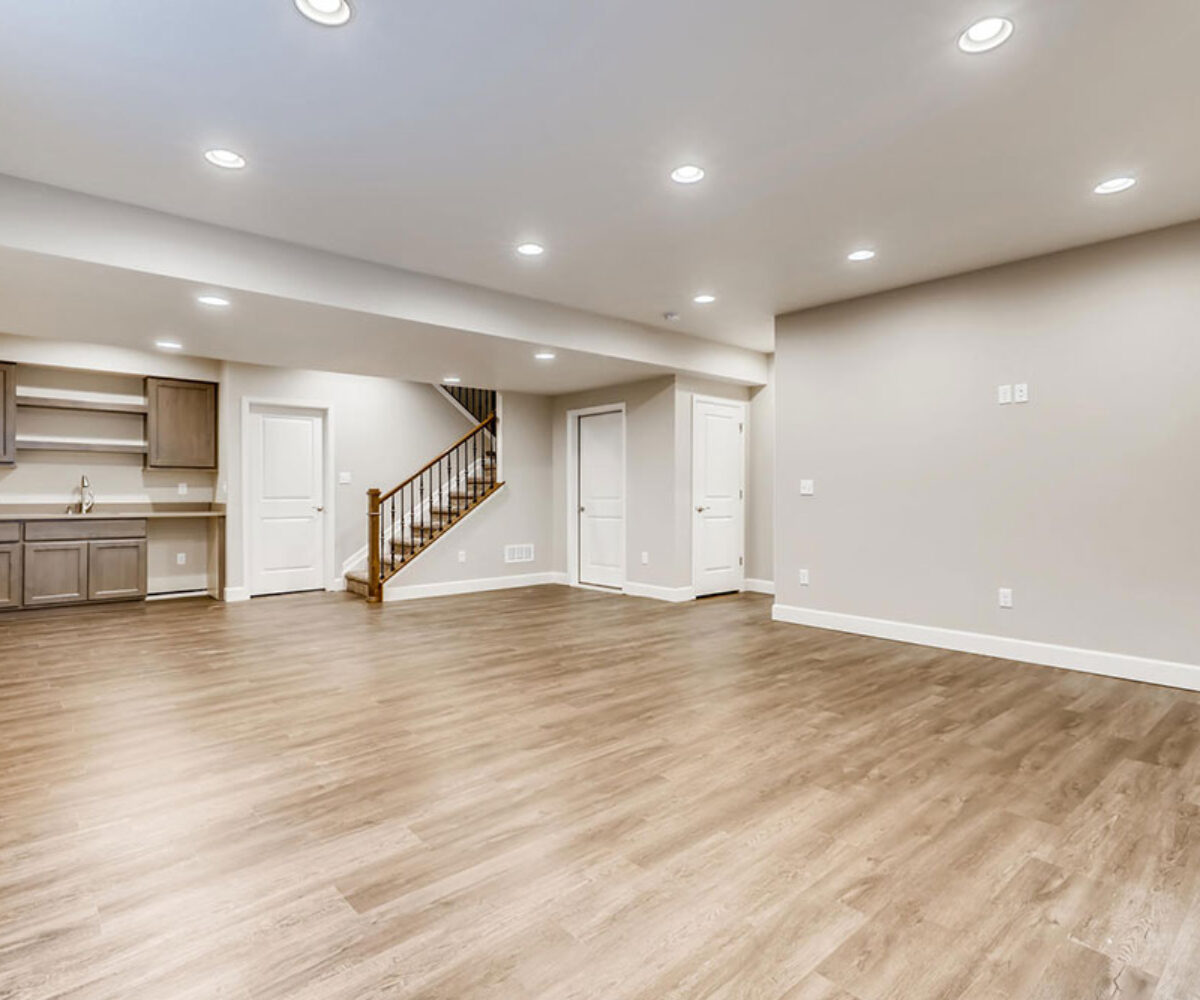
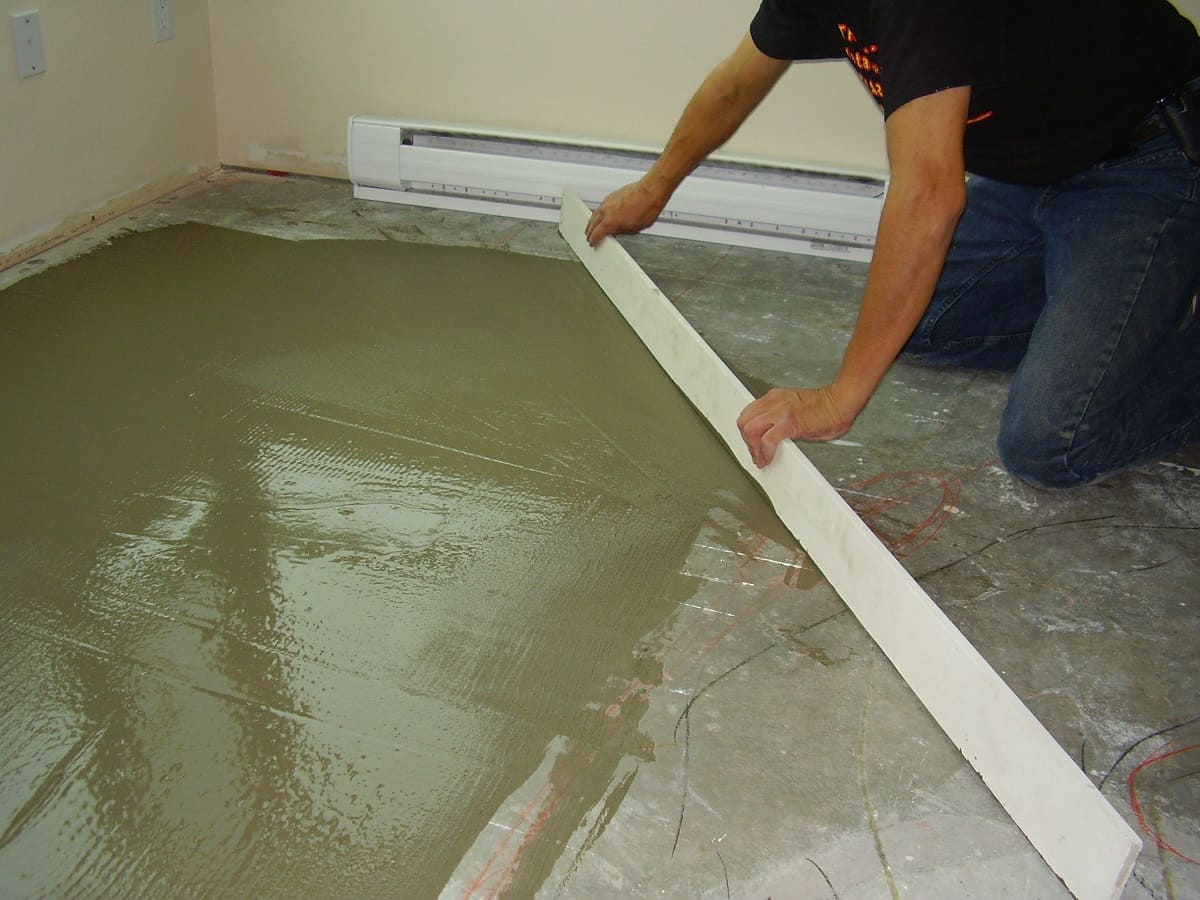
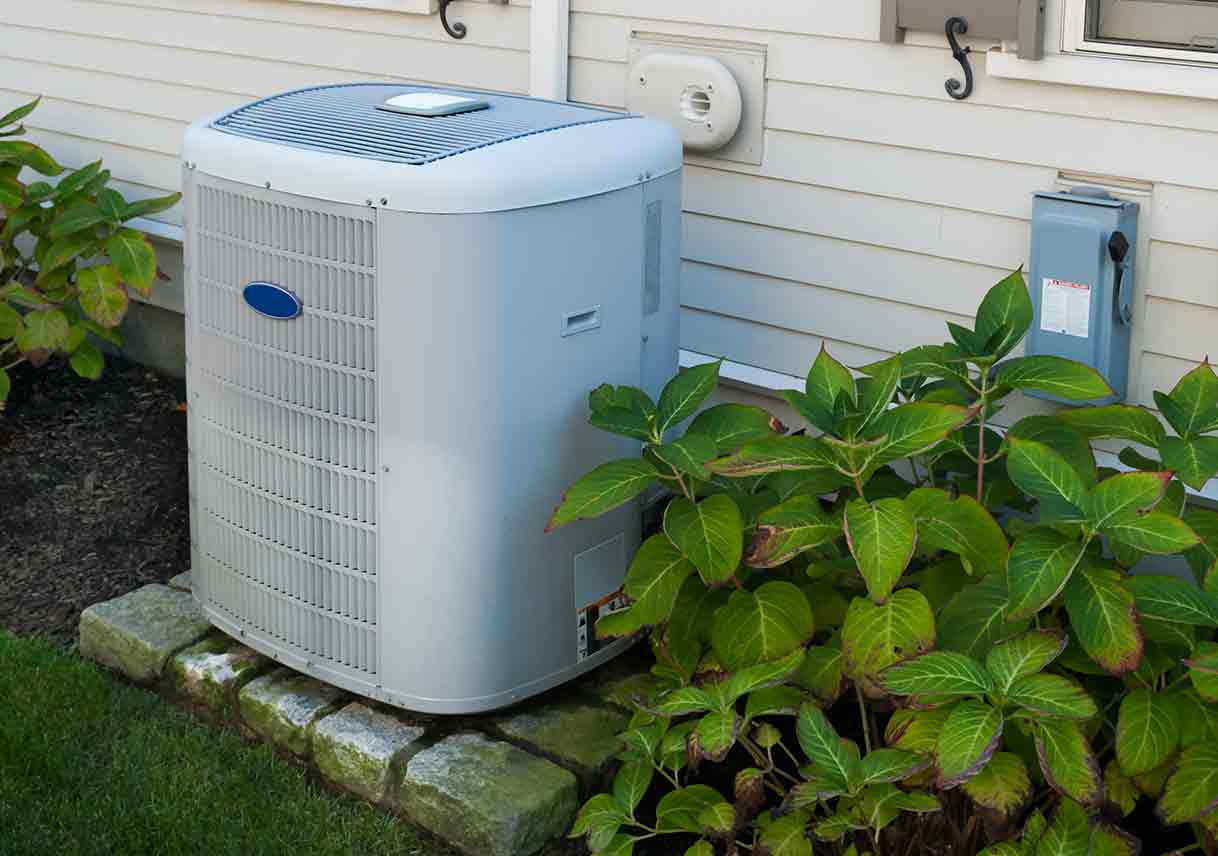
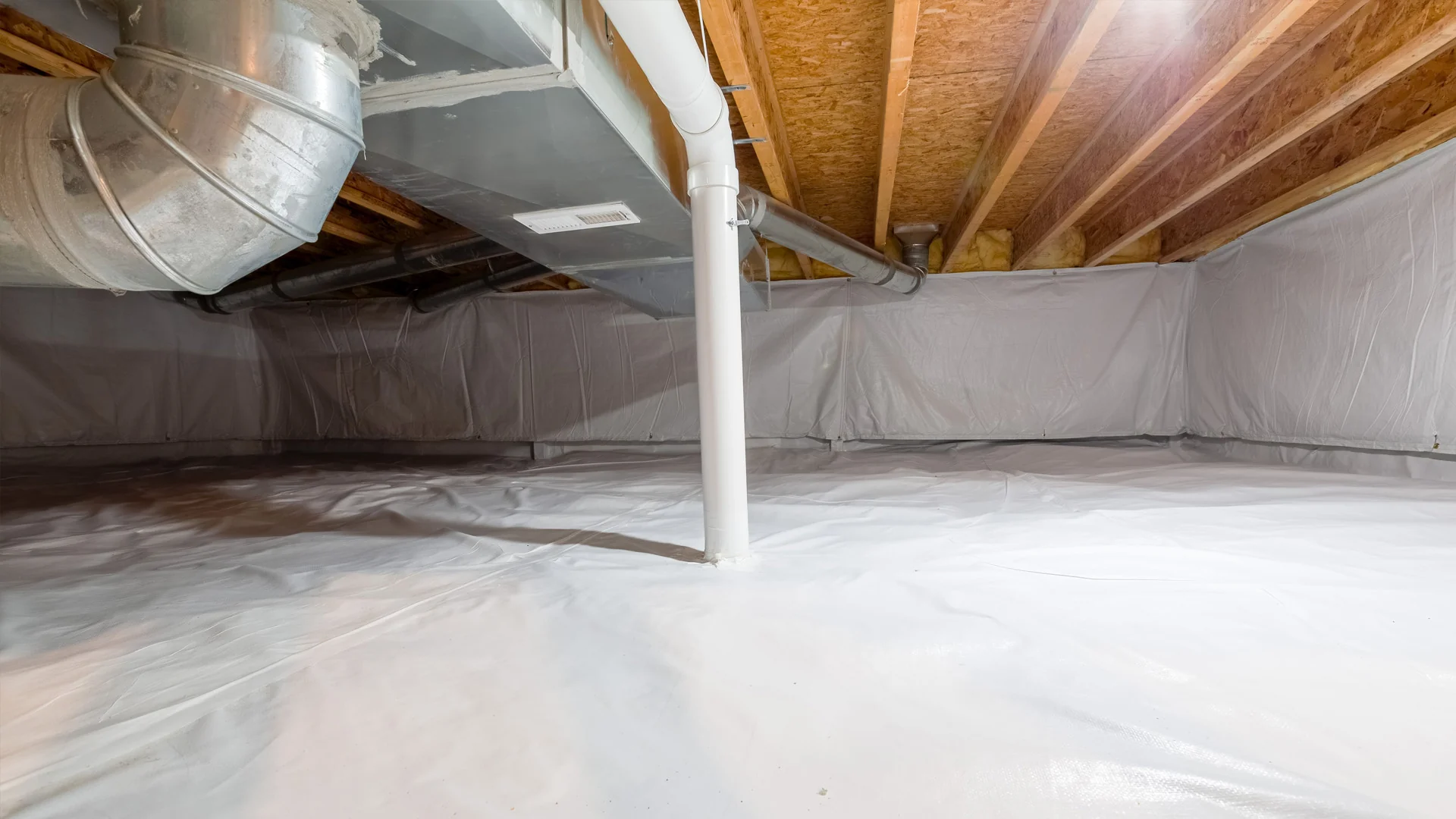

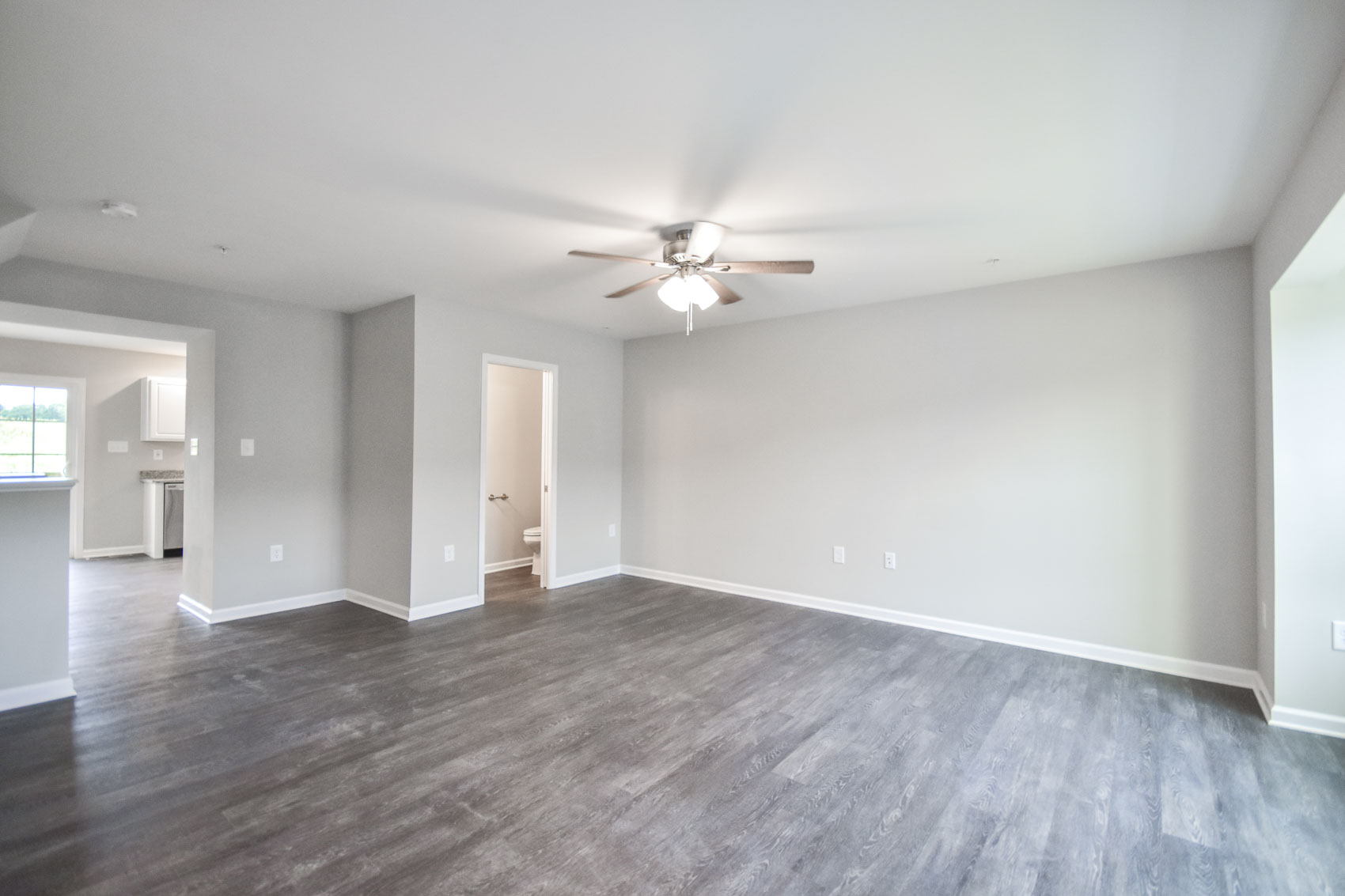
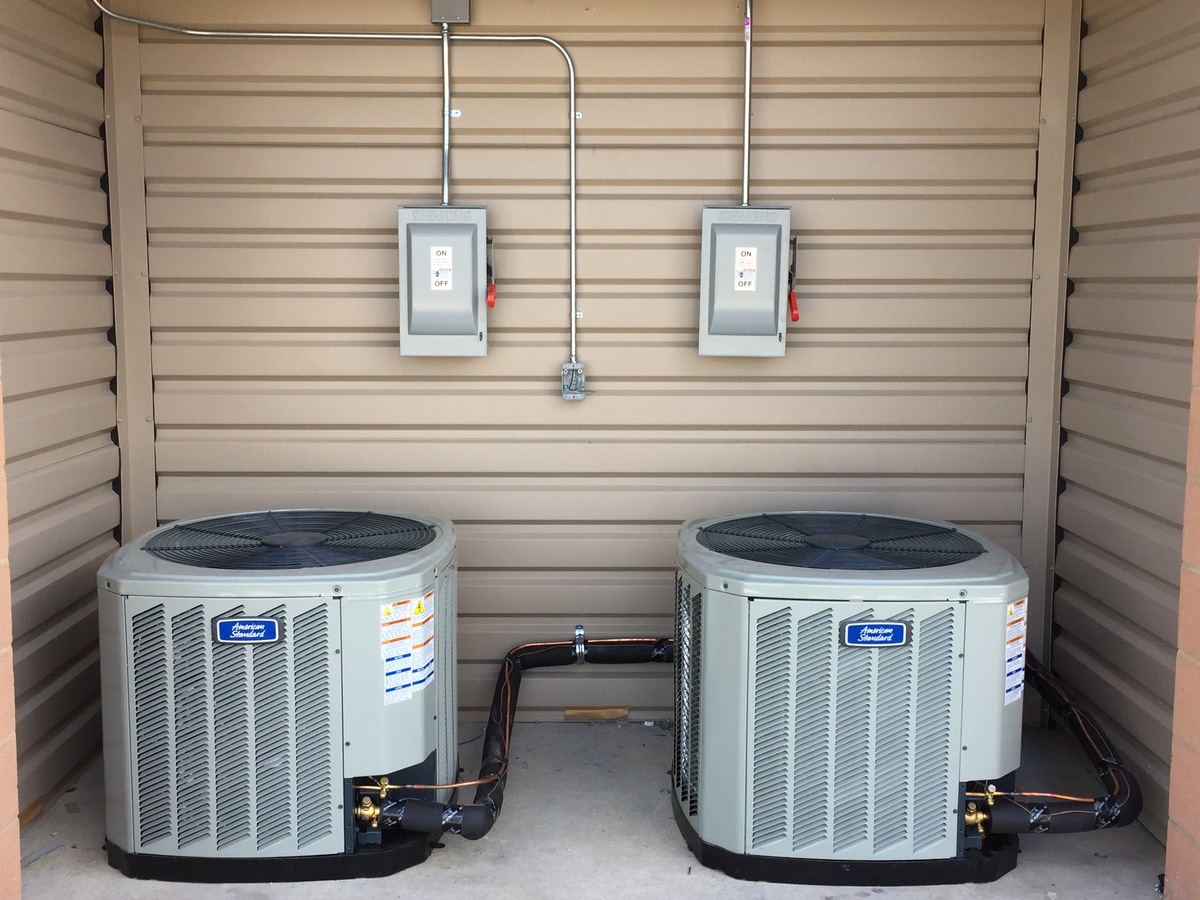
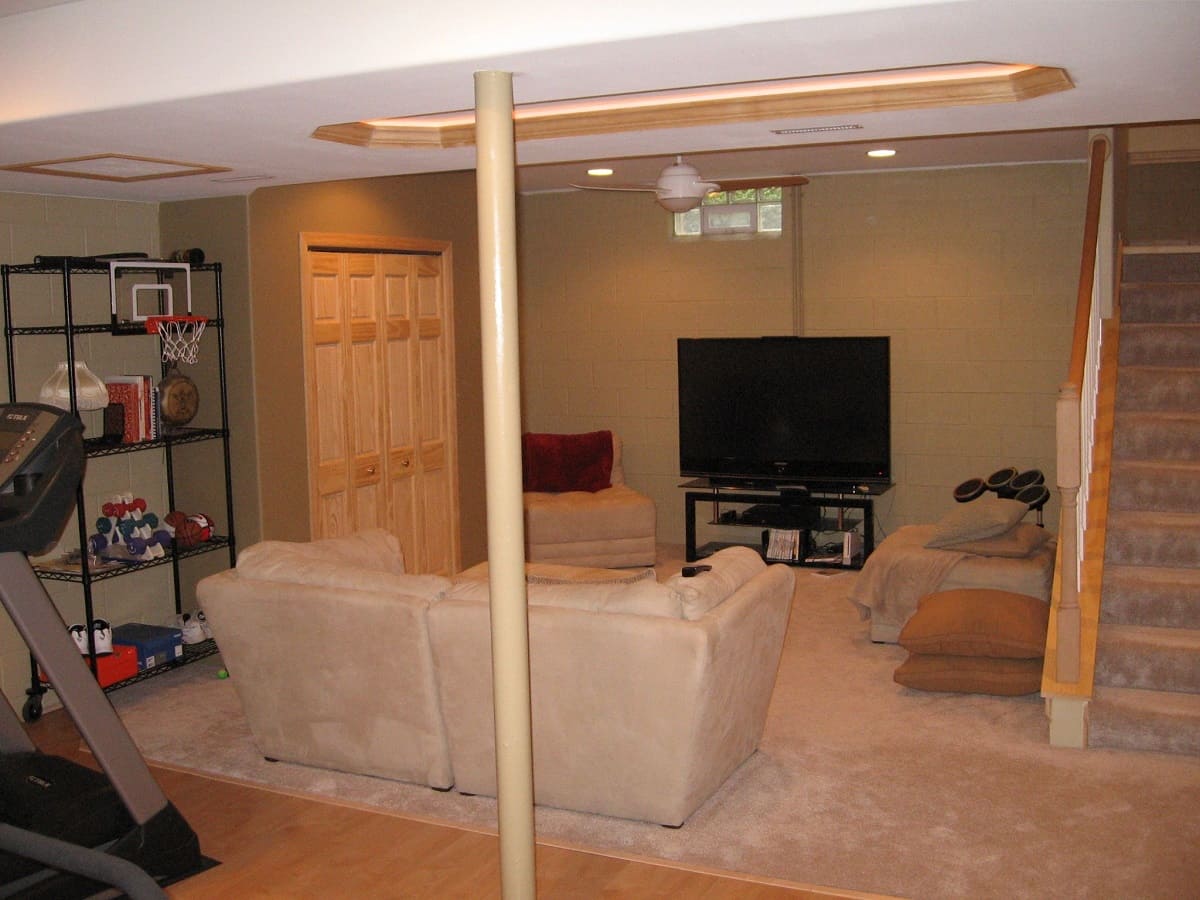
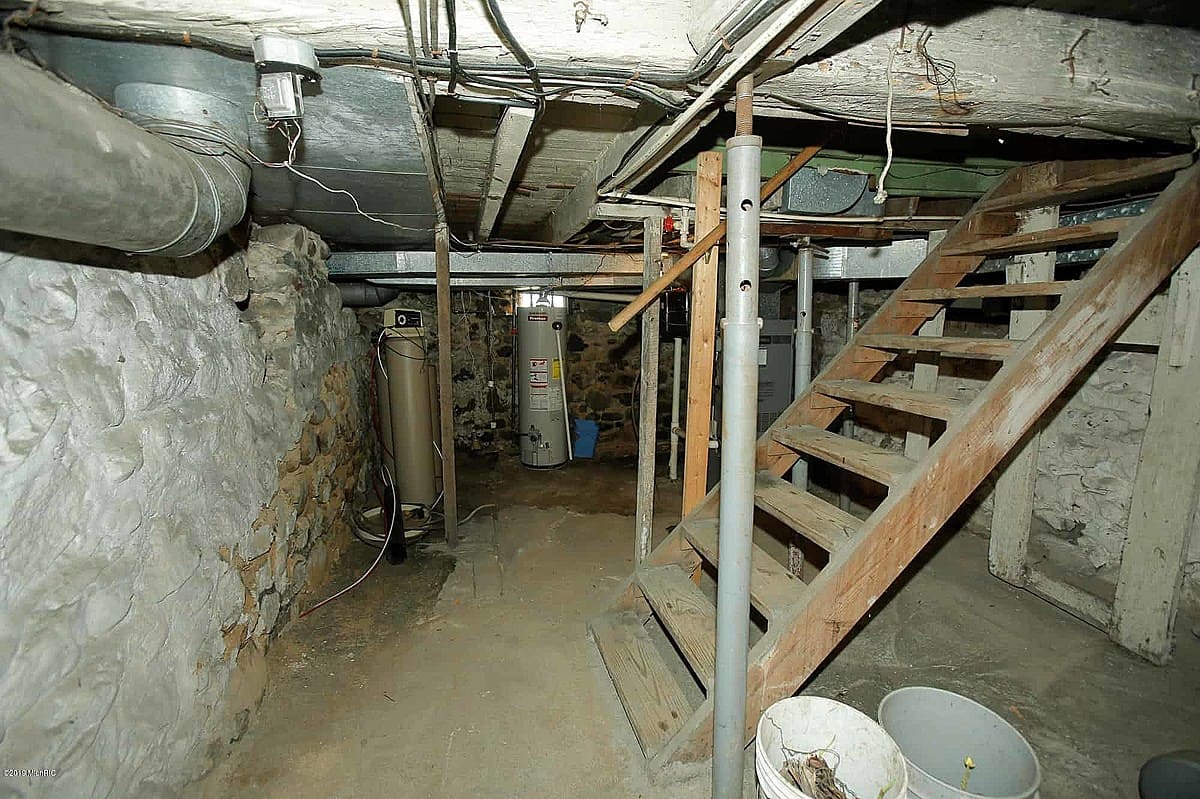

0 thoughts on “What Is A Good Level Of Humidity For A Basement”